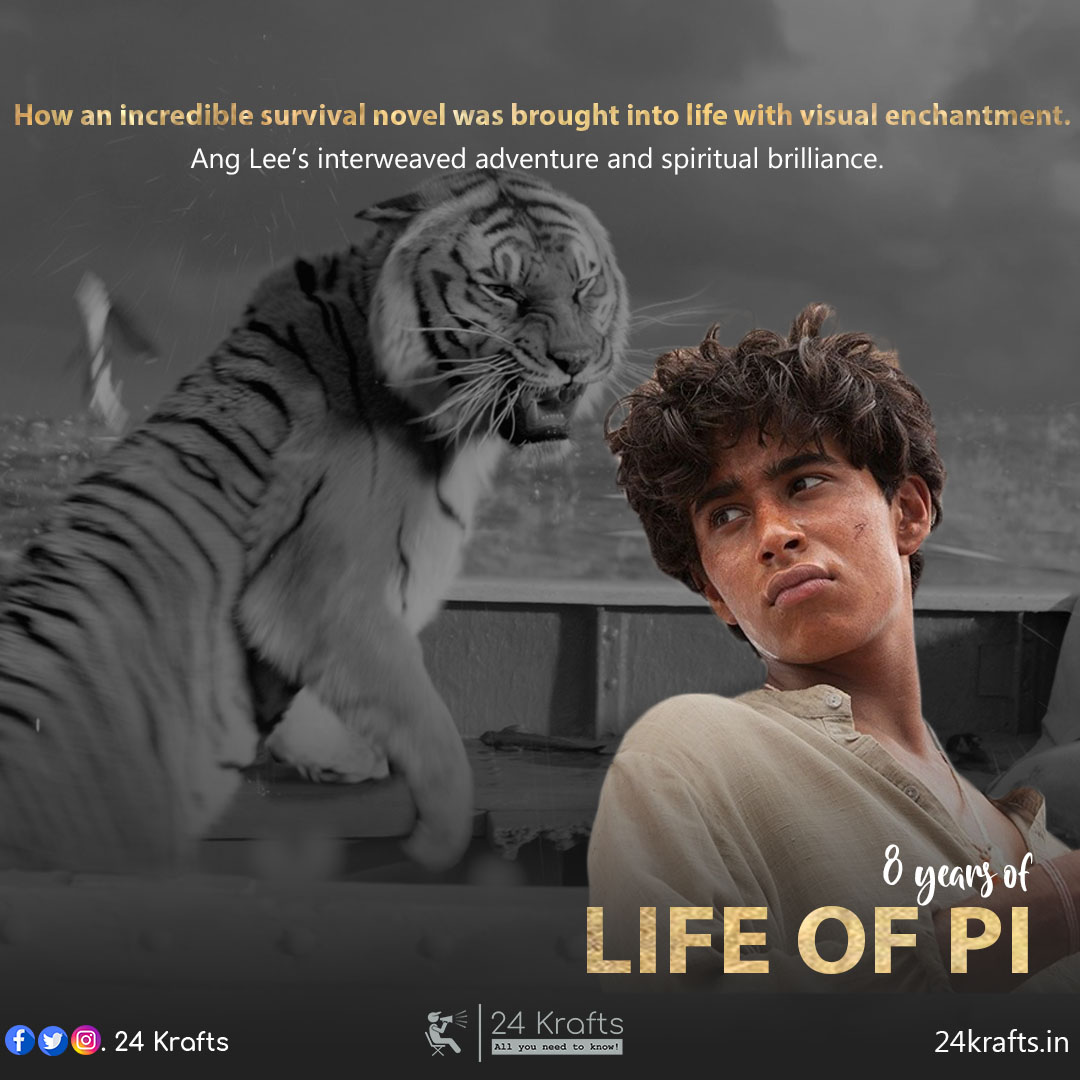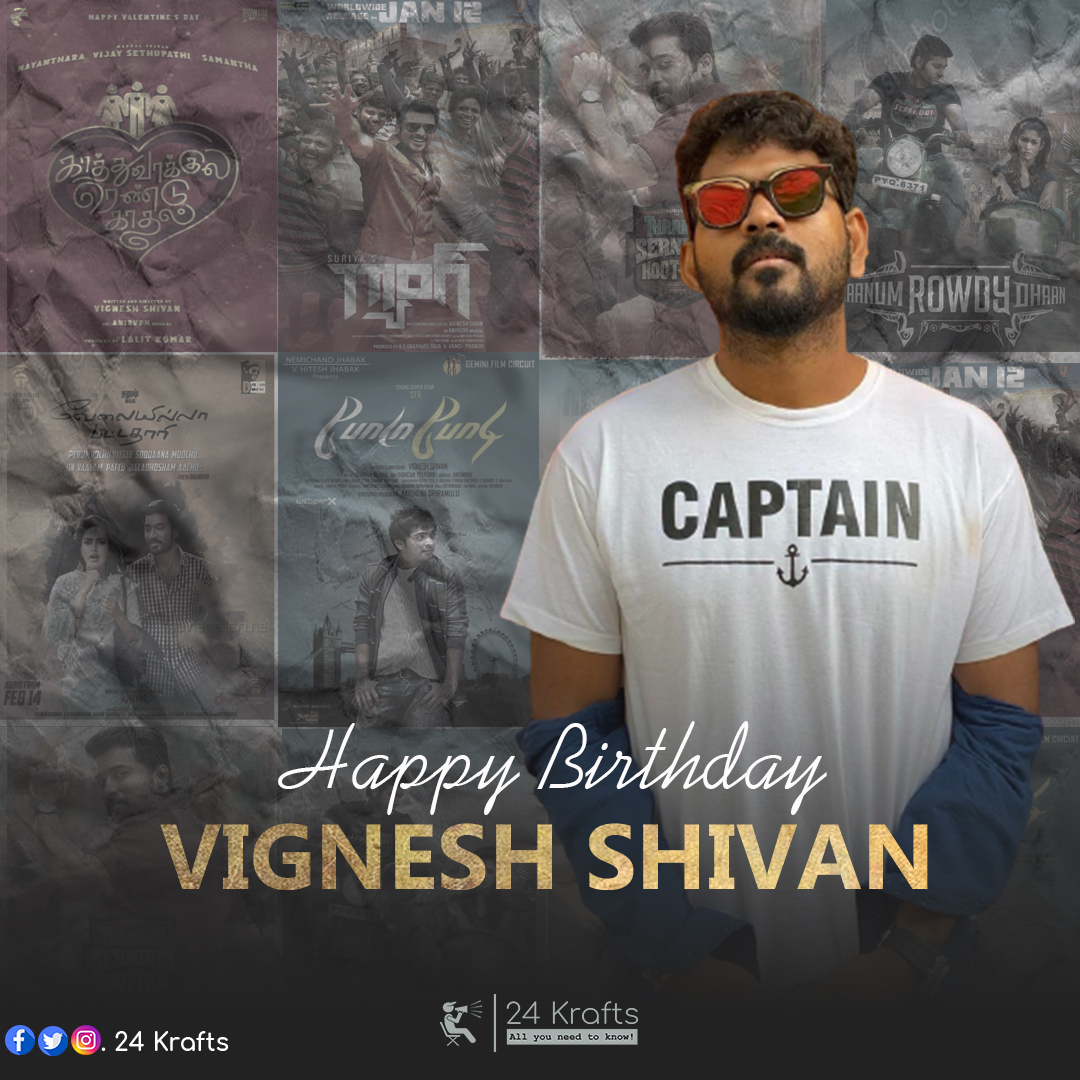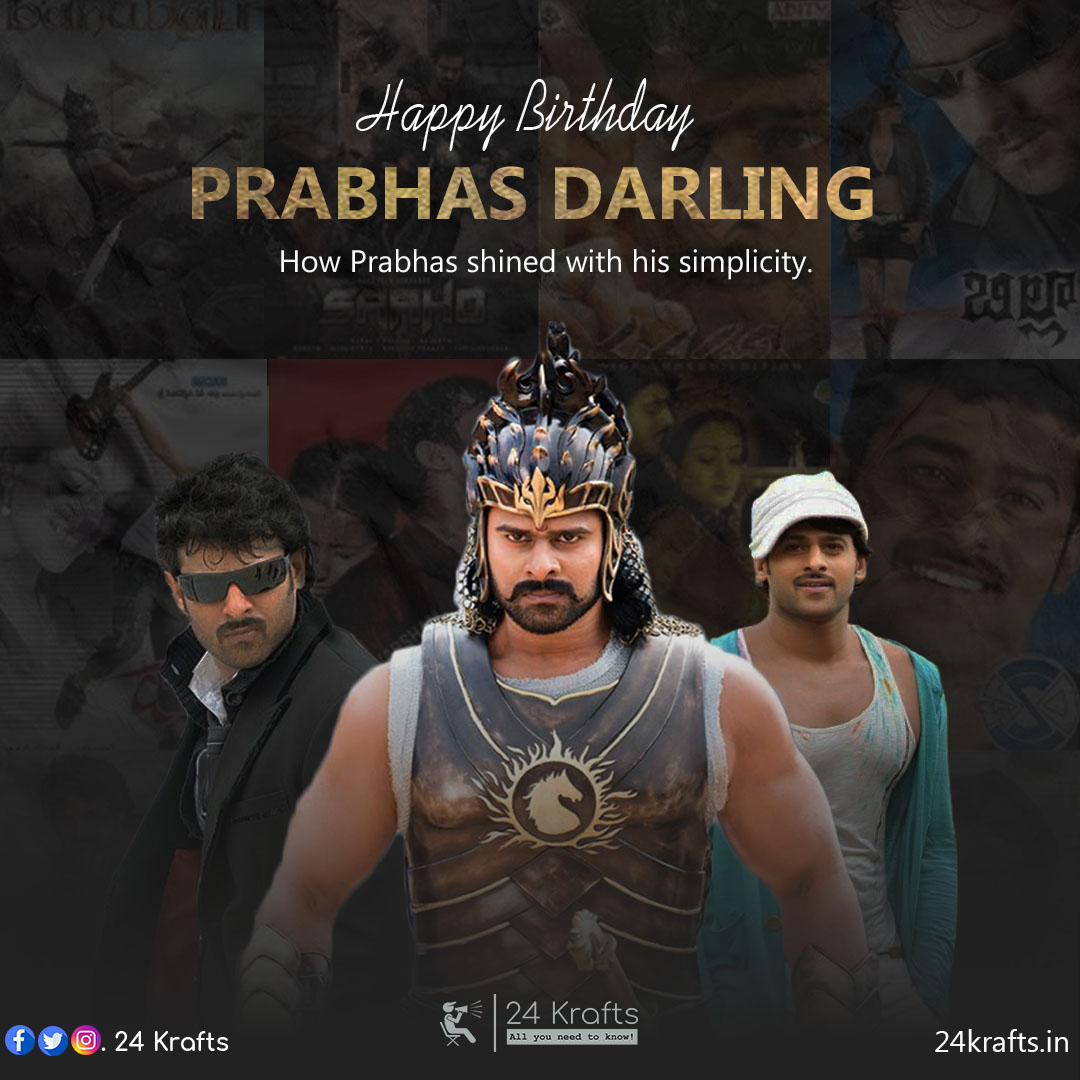The tale of a young man, a tiger and god, Yann Martel’s bestselling novel “Life of Pi” had been dubbed “unfilmable” countless times before Ang Lee’s adaptation screened. The Oscar-winning director handily silenced sceptics, delivering a pic praised by critics as a remarkable visual achievement. The Oscar winner delivered a stunning masterpiece, defying the age-old belief that a film can seldom be as good as the book it’s been adapted from. Spectacular 3D and computer-generated imagery make the film a monumental work of art. Lee’s cinematic adaptation offers the story deeper meaning, while at the same time, mesmerising the viewer with its visual excellence.
Ang Lee depicted, a marriage between spiritual faith and the wonder for the natural world offers audiences a reflective parable for religious understanding and even the very nature of storytelling. The harrowing tale involves an Indian boy and a Bengal tiger on a lifeboat in the Pacific for several months, and as they battle each other for territorial superiority, the human and animal begin to understand each other. Through their exchange, the screenplay by David Magee meditates on how as individuals we see the world as we choose to see it—whether that be the emotions we observe in animal behaviour, the meanings we project onto events in our lives, or how we amplify our experiences for effect. Through the course of the film, we take part in a beautiful world view rich with visual spectacles and a spiritual epiphany that even the most devout cynics will cherish.
Starting out with the older Pi (Irrfan Khan) recounting his unbelievable life story to an author (Rafe Spall), we travel down memory lane and are briefly introduced to Pi’s childhood in picturesque Puducherry (Pondicherry), his family-owned zoo and his faith in God and religion. In due course, the family heads to Canada for a ‘new chance’ at life. Calamity strikes, leaving Pi the only human survivor with a full-grown fierce Bengal tiger for the company on a lifeboat in the middle of the Pacific Ocean. What follows is an epic journey of adventure and self-discovery.
When the inevitable collision of hunger and territorial clashes subside, Pi is left floating on a makeshift raft connected by rope to the main lifeboat, which Richard Parker has conquered. Two hundred twenty-seven days pass where man and beast attempt to coexist and the film carefully spells out how Pi and Richard Parker form a unique trust over battles for food and space under the lifeboat’s protective tarp. Together they witness tremendous sights, from a wave of flying fish to a bioluminescent ocean surface breached by a whale, from another massive storm to a green living island populated by meerkats. Structurally, Pi’s adventure is bookended by modern-day scenes in Canada, where a wise middle-aged Pi (Irrfan Khan) recounts his adventure to a sceptical Canadian author (Rafe Spall) looking for his next book’s inspiration. In the very beginning and end, the film alternates between scenes in Pi’s contemporary home and flashbacks to his life’s story, while the central piece of the story remains Pi’s account of his survival.
Lee’s storytelling keeps you engaged throughout and the credit also goes to the actors. Suraj Sharma is convincing as the adolescent Pi who discovers the meaning of life the hard way. Irrfan Khan as the older Pi contributes largely to making the film emotionally compelling. His on-off American accent is noticeable but does not distract. Tabu makes her presence felt even in her brief but significant role. Lee’s visual mastery also makes the best use of the 3D device yet, even better than James Cameron’s Avatar, or any number of stop-motion animation projects to showcase the effect. It’s not that Lee sends animals reaching out to touch his audience; rather, he gives the adventure depth and space. Water seems to exist on an expansive surface, and with Pi’s lifeboat often a speck on this open plane, Lee truly places his viewer in the scene in ways no filmmaker has conceived before. At other times, Lee manipulates his aspect ratios to better frame a scene or action. Such details occur throughout Life of Pi, but they never take precedence over the spiritual significance of the story.
Earlier, in the movie, the Canadian author is told Pi’s story will make him believe in God, but perhaps a better assessment is that this tale will invoke a sense of understanding toward religions and stimulate exploration of faith. The ways in which this is accomplished in the film an audience should discover for themselves. But when Pi’s inevitable survival comes to pass, the film ends by asking questions about what we have seen and how we interpret what has happened. What this critic has seen is a marvellous piece of visual poetry with insights that require contemplation long after the visual awe has subsided. Lee has created a superbly balanced motion picture that moves special effects and 3D beyond the realm of pure entertainment augmentation; where other films use such technical modes for thrills alone, Lee creates a breathless experience both visceral and philosophical—and also unforgettable. Life of Pi is therapeutic and profound.



